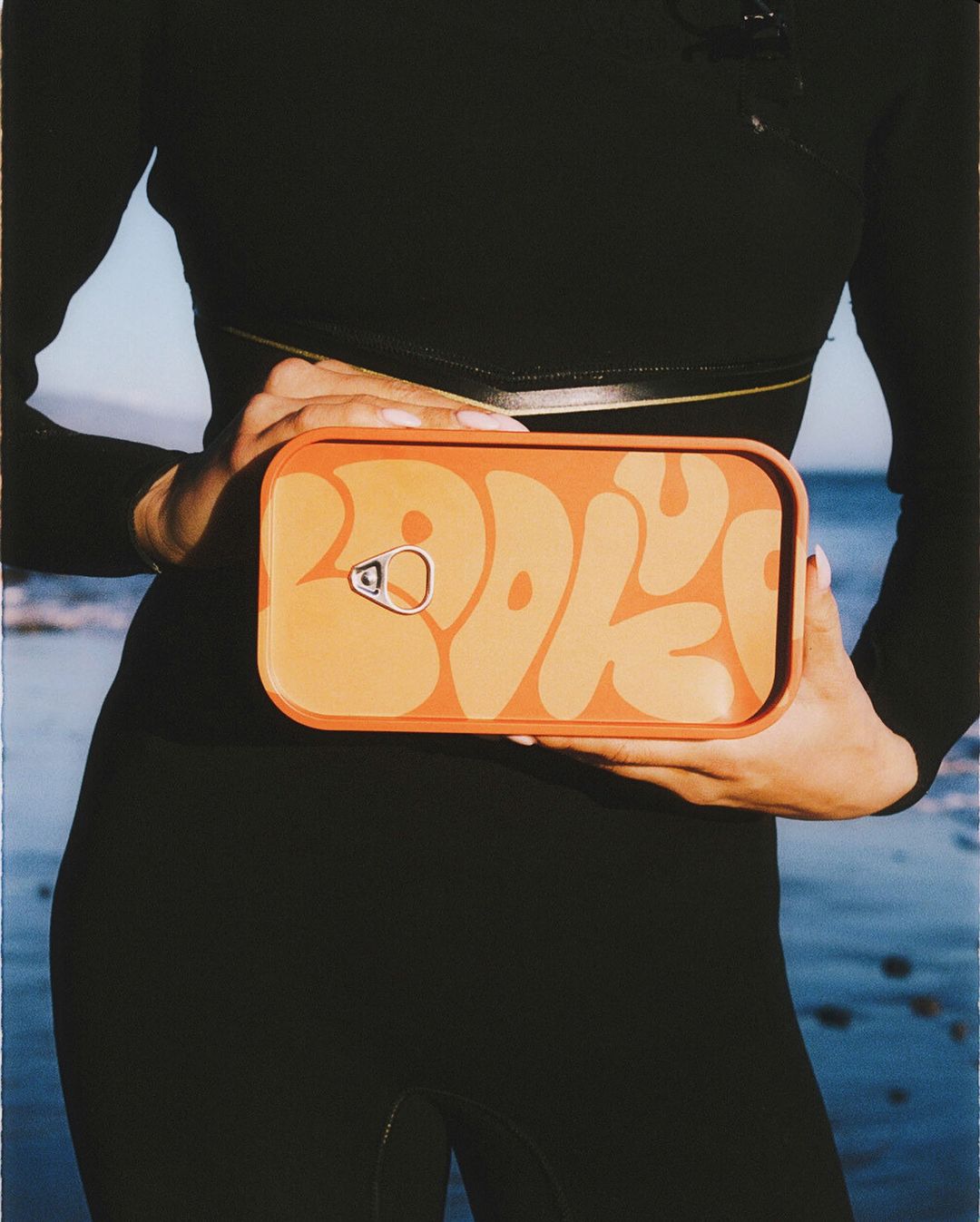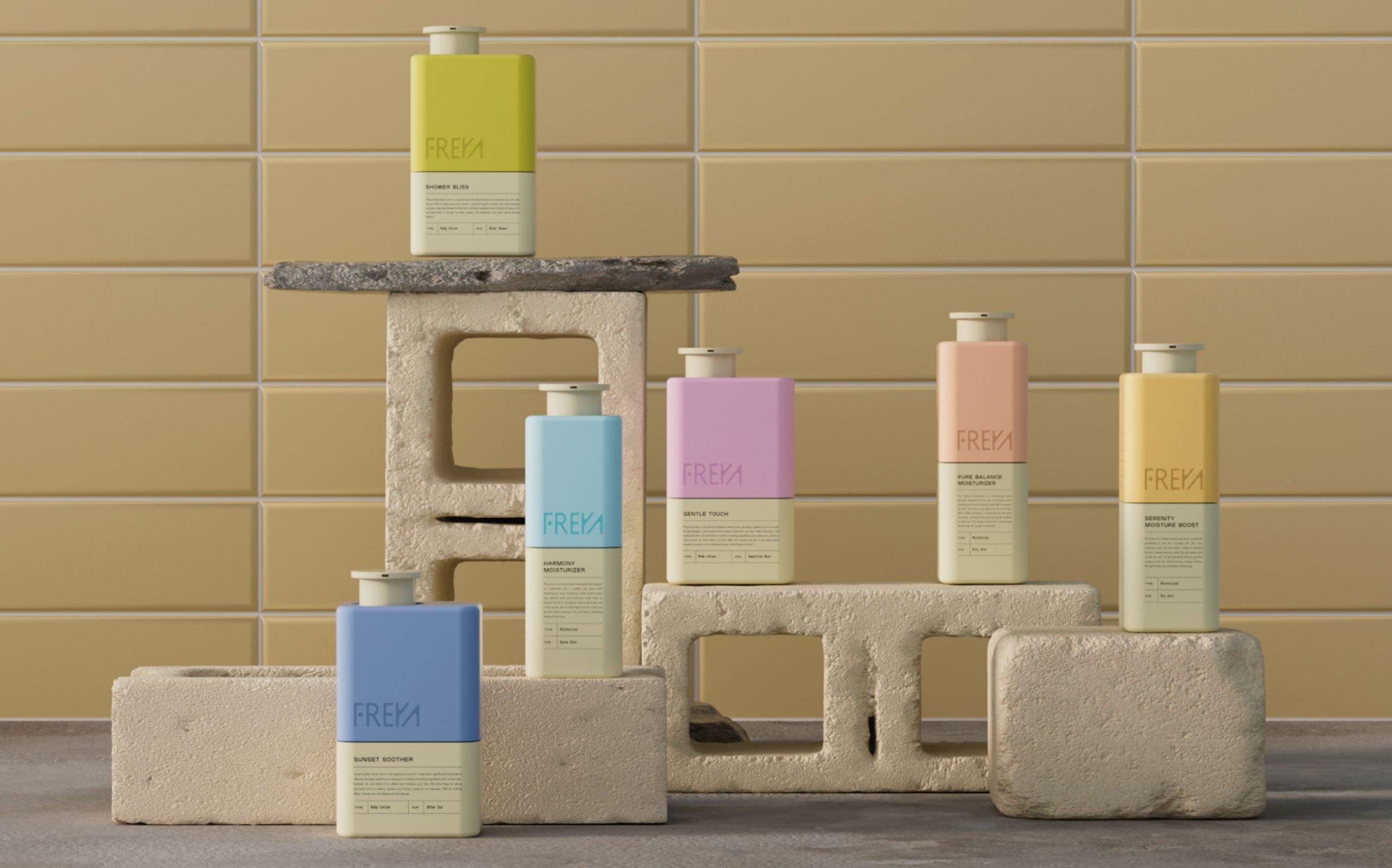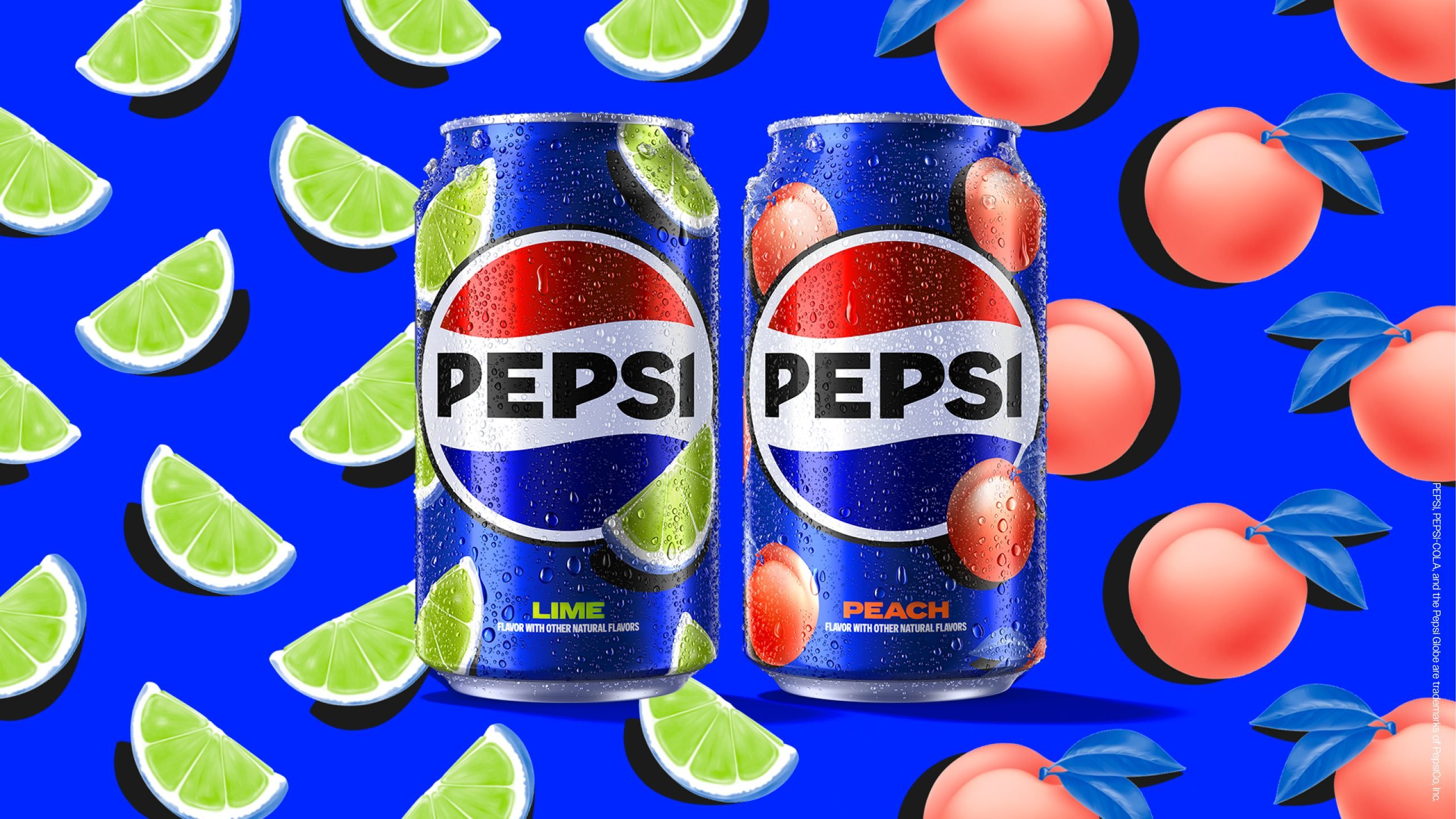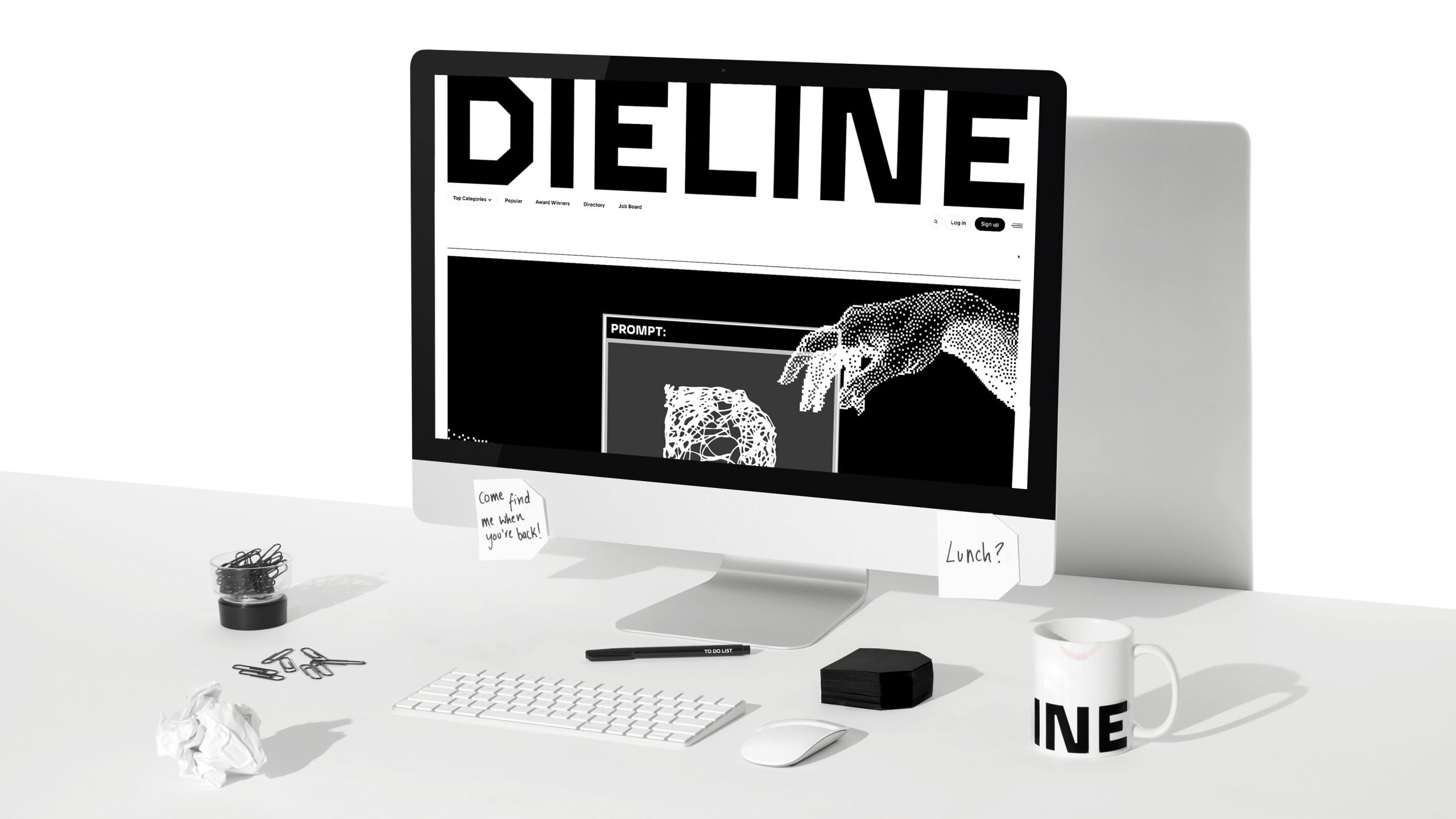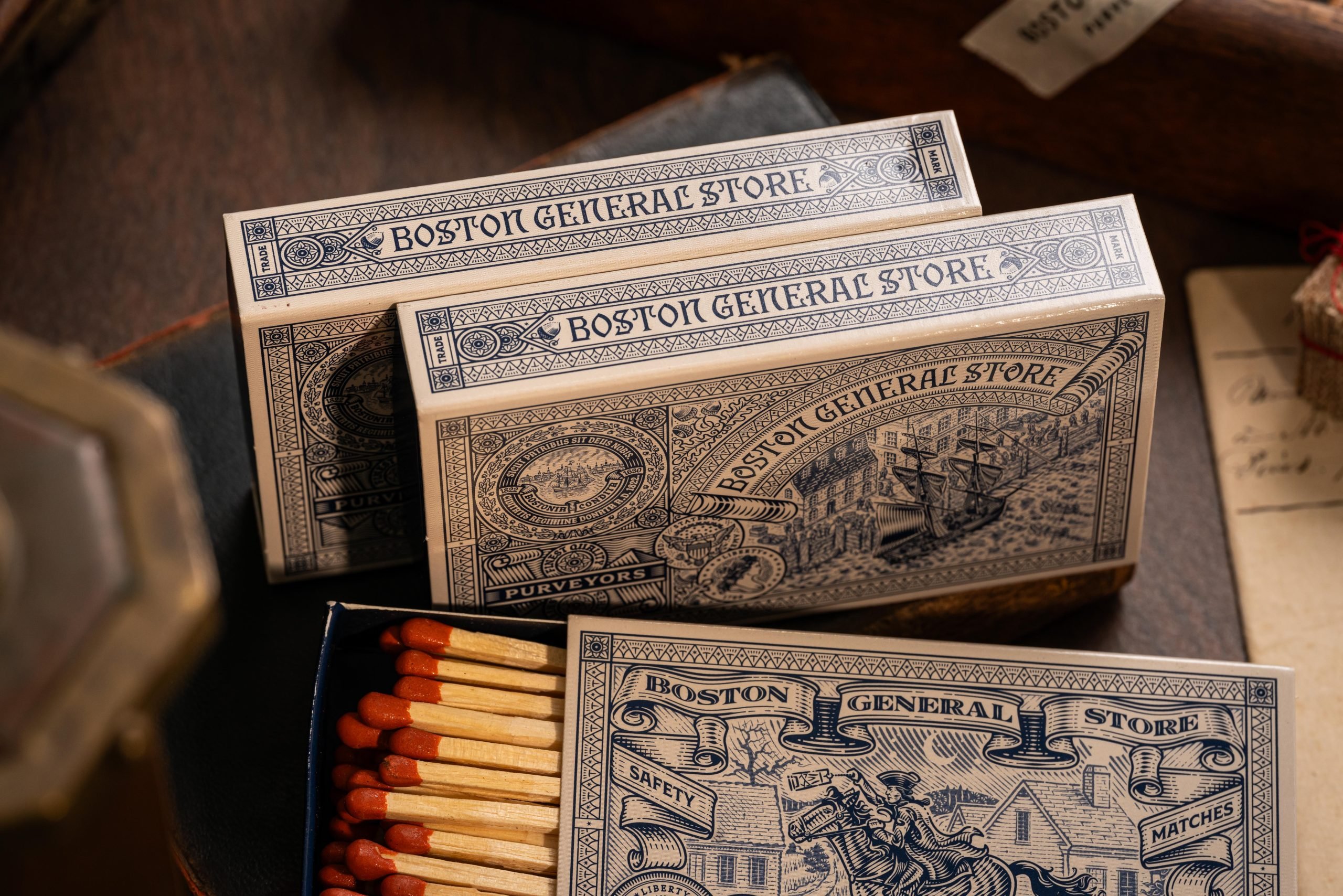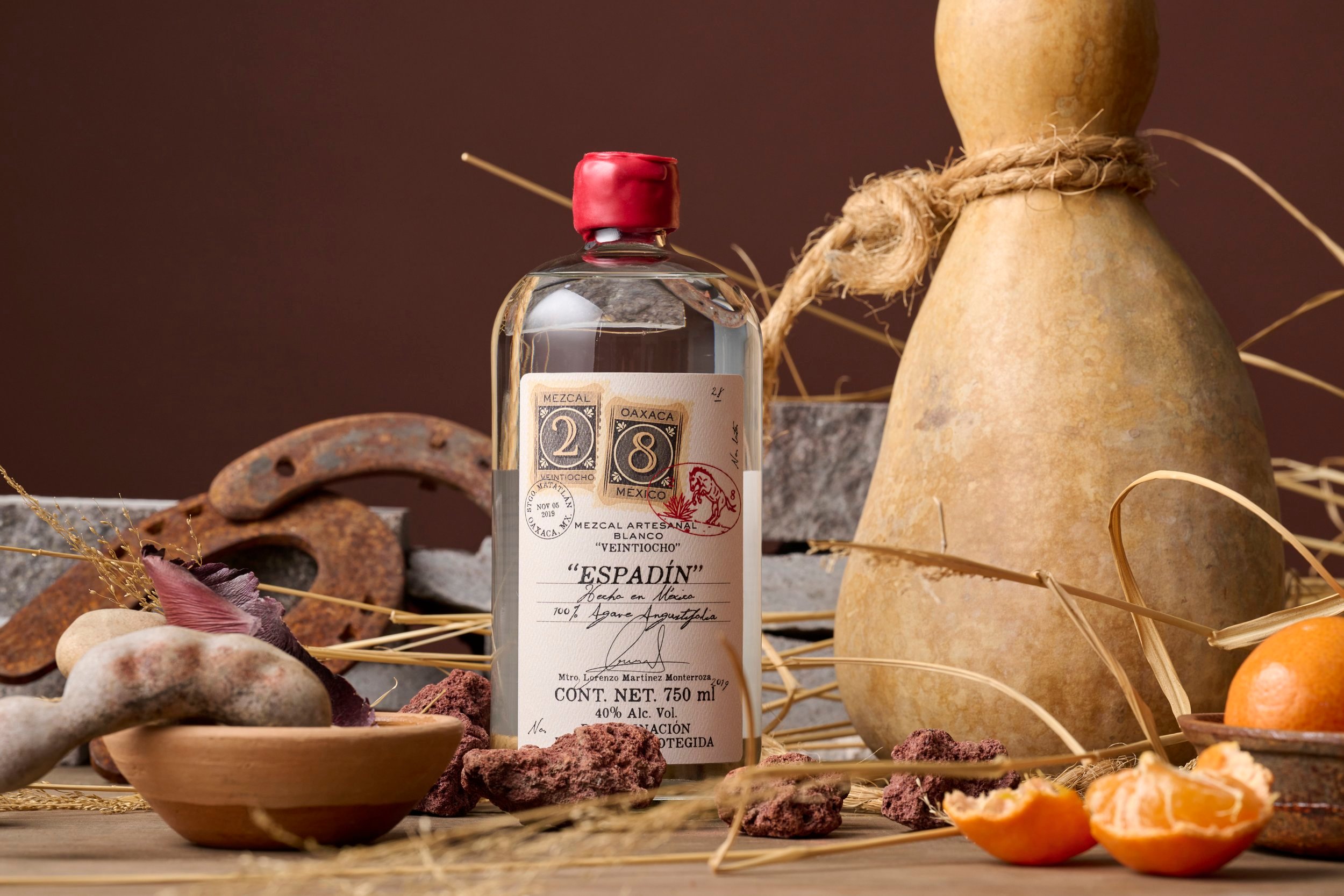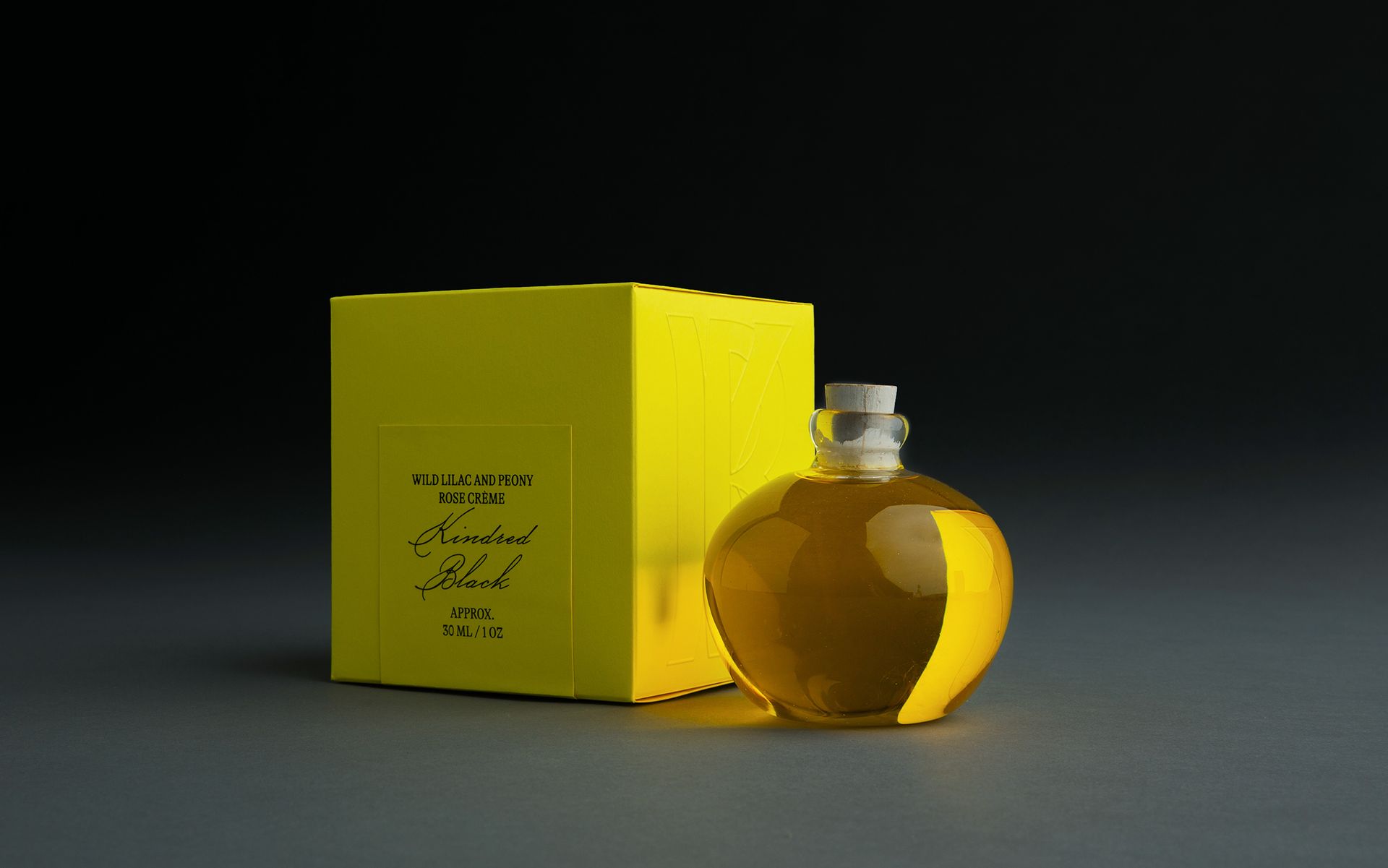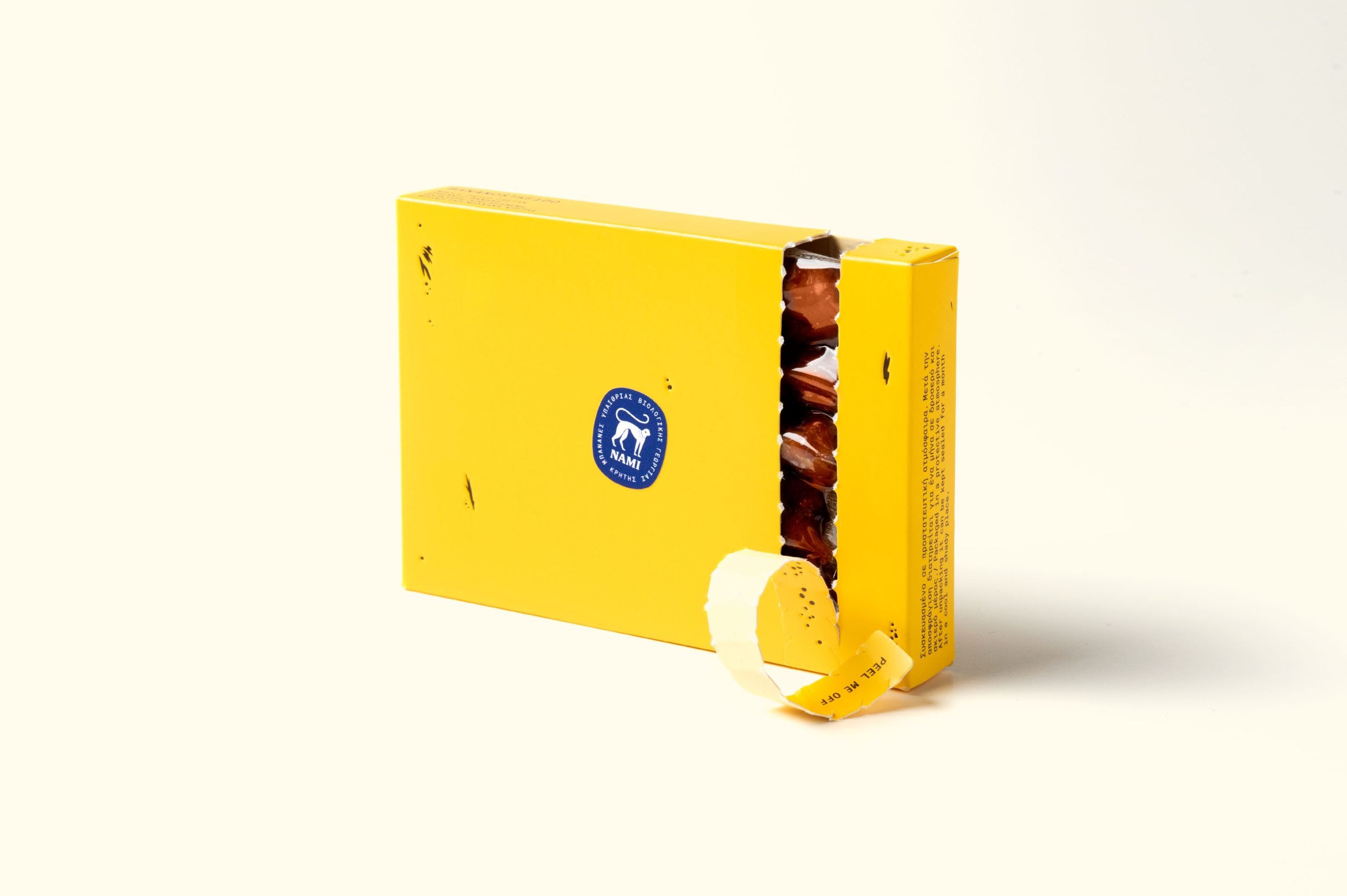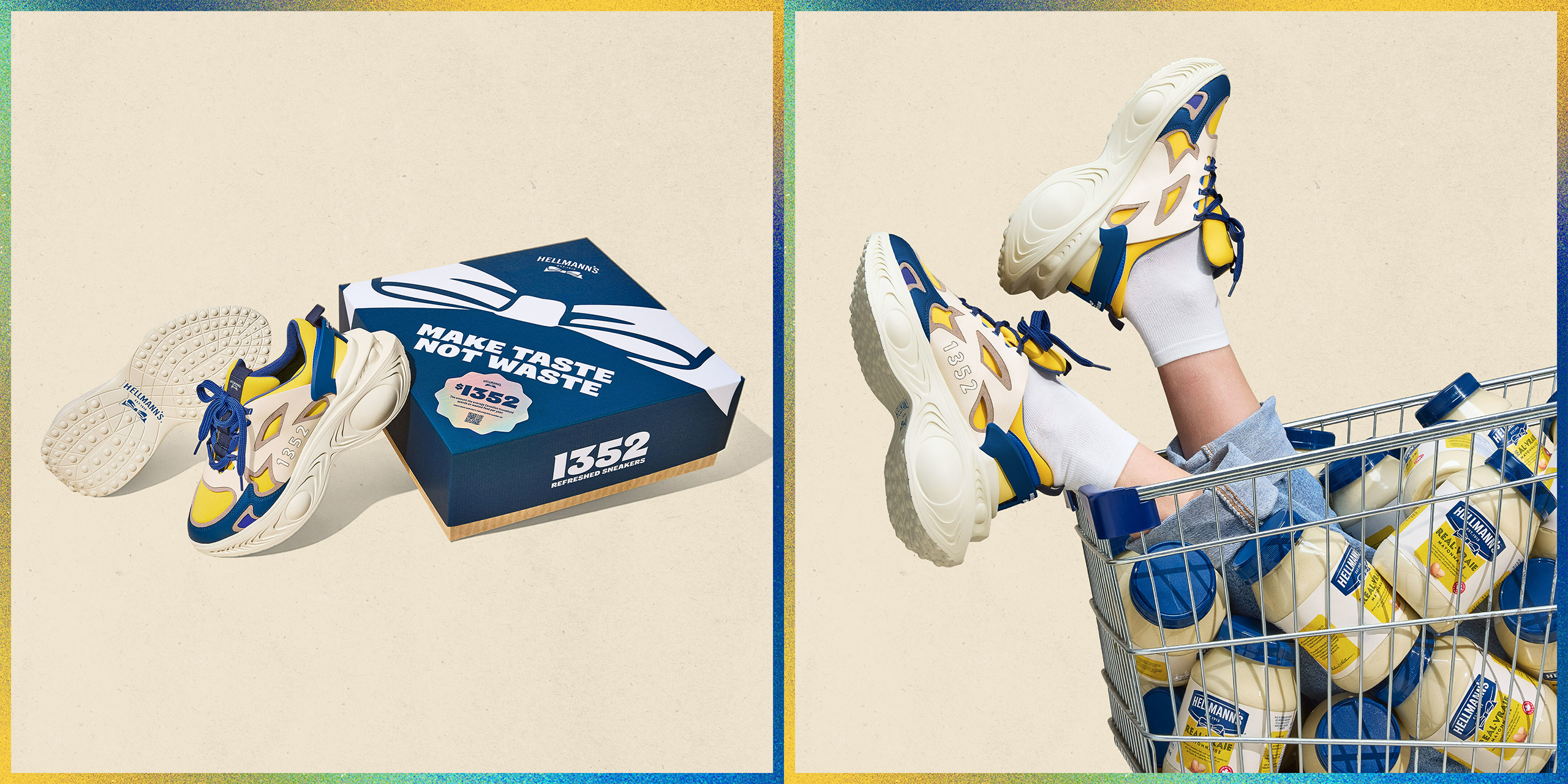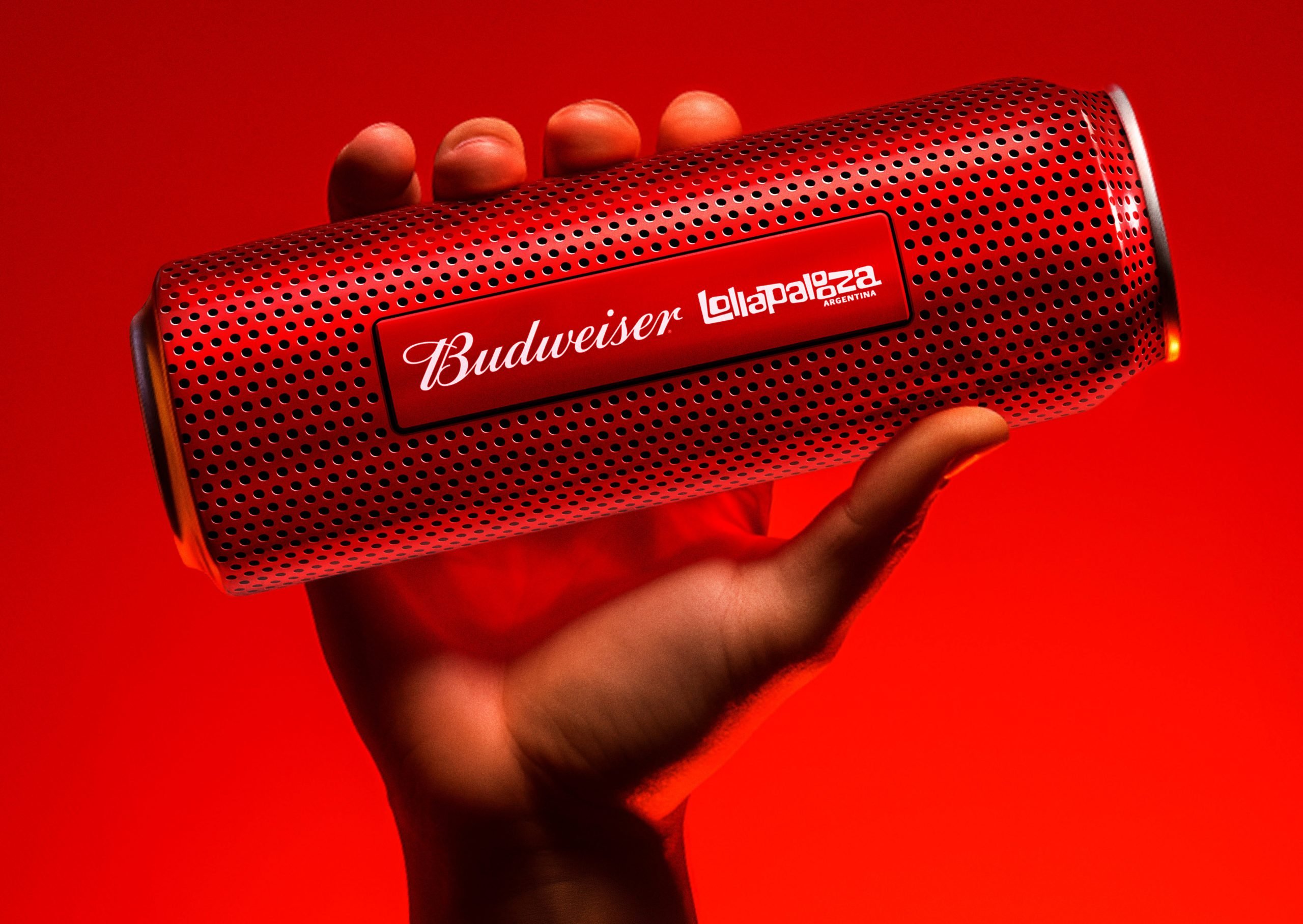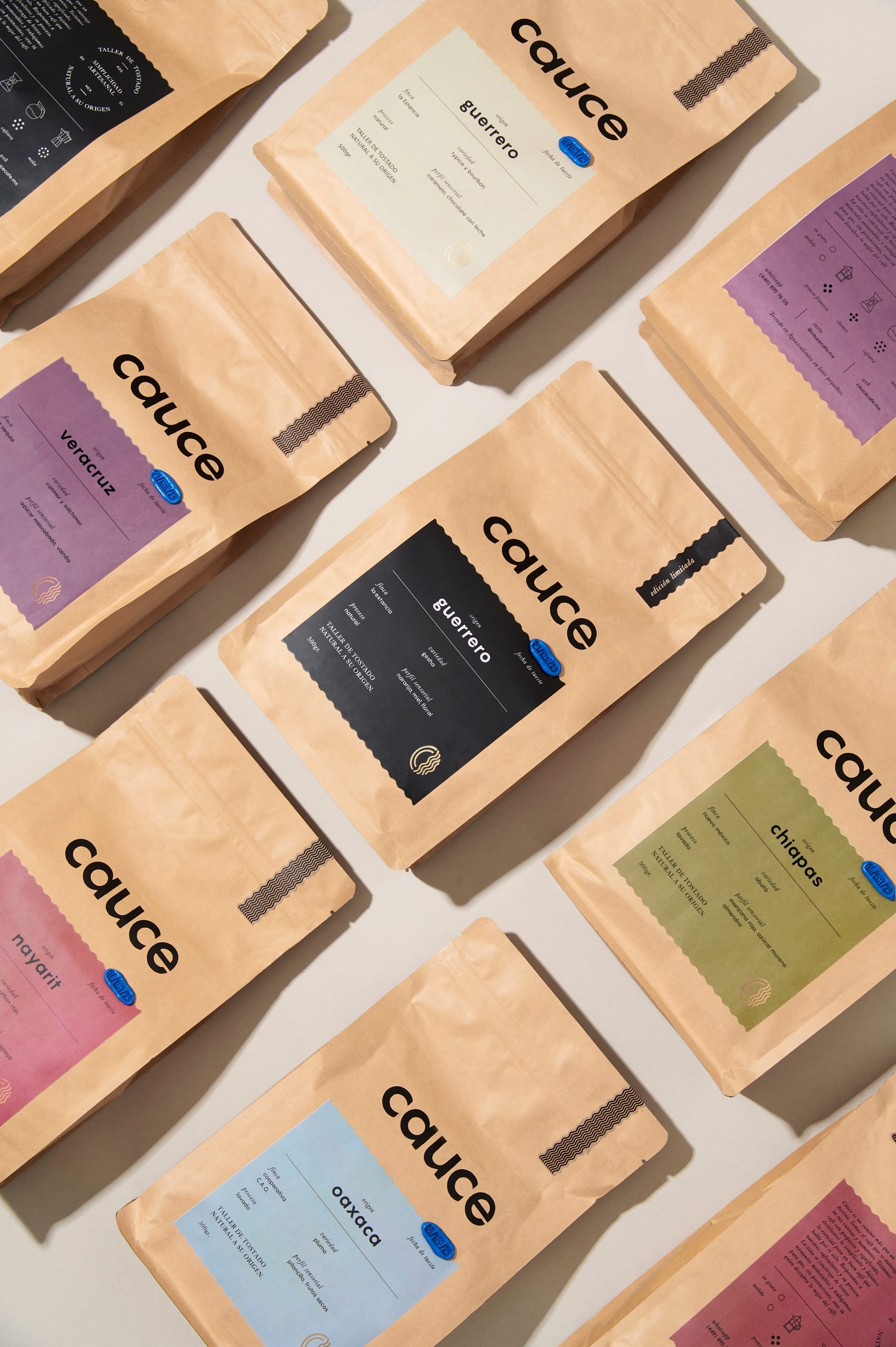If weâre hurtling towards a future where packaging becomes more compostable, well, how do you even compost to begin with?
December is a time I look forward to the mailâsnail mail, specifically. Usually, my mailbox is full of holiday cards from friends and family near and far. I open each envelope joyfully. One letter Iâm customarily not excited about opening is anything resembling what could potentially be bad news. Circulars arenât much fun either.
At the end of December, I received a letter from CR&R, my local trash company. Usually, my bills are all online, so this was different. The letter stated that at the beginning of 2020, CR&R was moving to a more specific trash sorting service. Fruit, bread, fish, meat, vegetables, dairy, and FOGS (fats, oil, and grease) could now go in what used to be the yard waste container. We now refer to this container as the âorganics waste container.â
